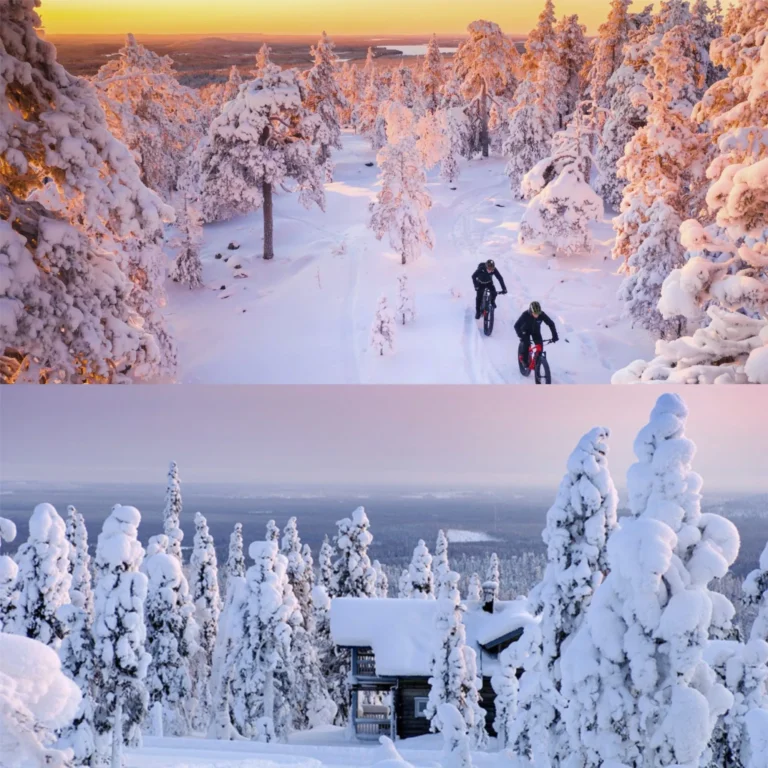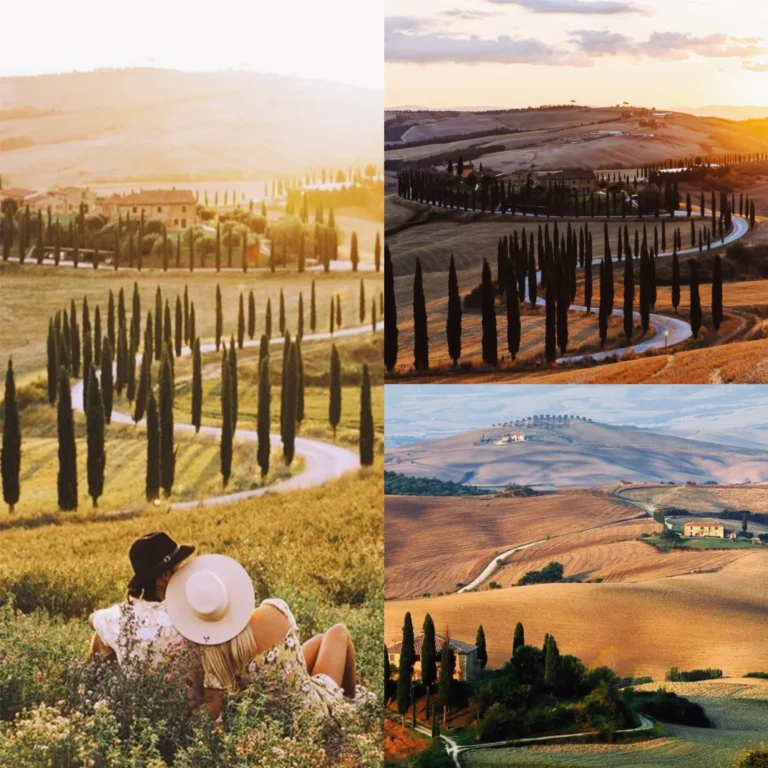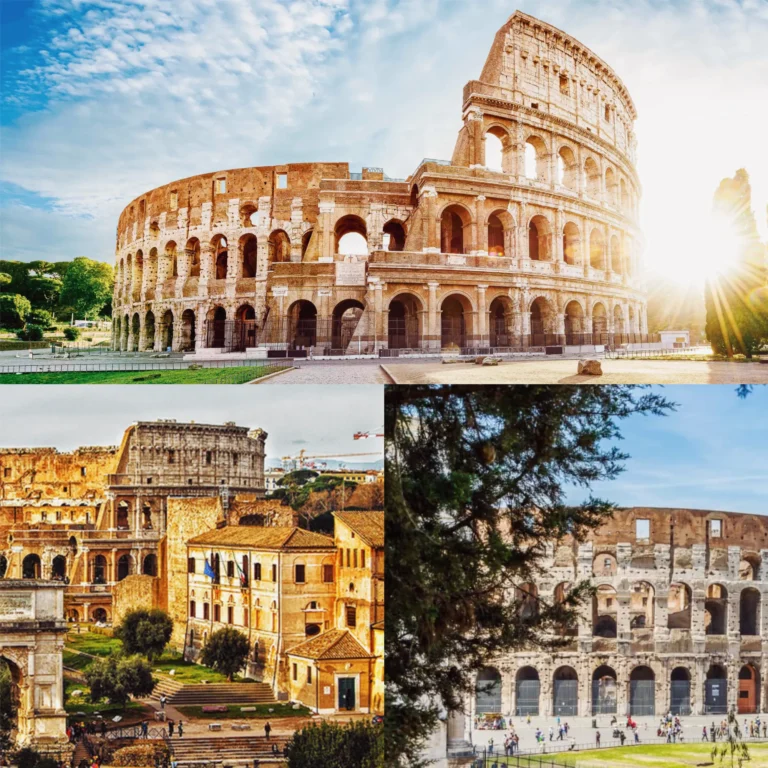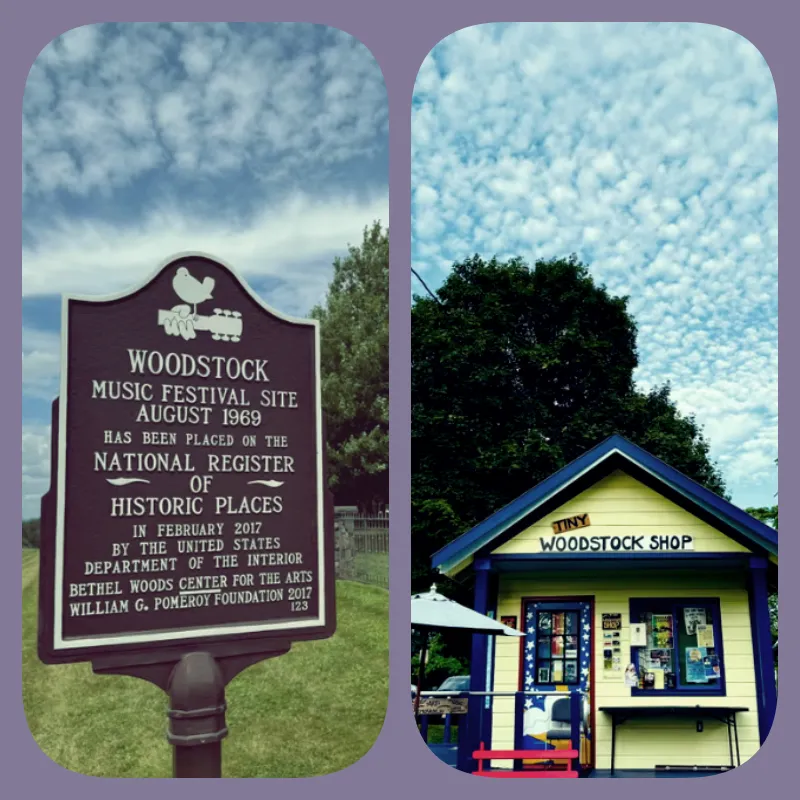
The Woodstock festival of 1969, often shrouded in myth and nostalgia, remains one of the most iconic cultural events in history. However, not everything widely believed about Woodstock is accurate. For starters, the legendary festival wasn’t even held in Woodstock. Additionally, while many associate it with the peak of the hippy movement, it wasn’t the moment that marked the end of that era—leave that to the tragic events at Altamont Speedway later that year. And while Woodstock’s organization eventually spiraled into chaos, it wasn’t quite the catastrophe it’s often made out to be—at least, not initially. Organizers anticipated a crowd of 50,000, privately expecting up to 100,000. In reality, 1.5 million people attempted to attend, with 450,000 successfully making it to the event. The toilets did fail on day one, and supply trucks struggled to reach the site, so perhaps some of those myths aren’t entirely baseless.
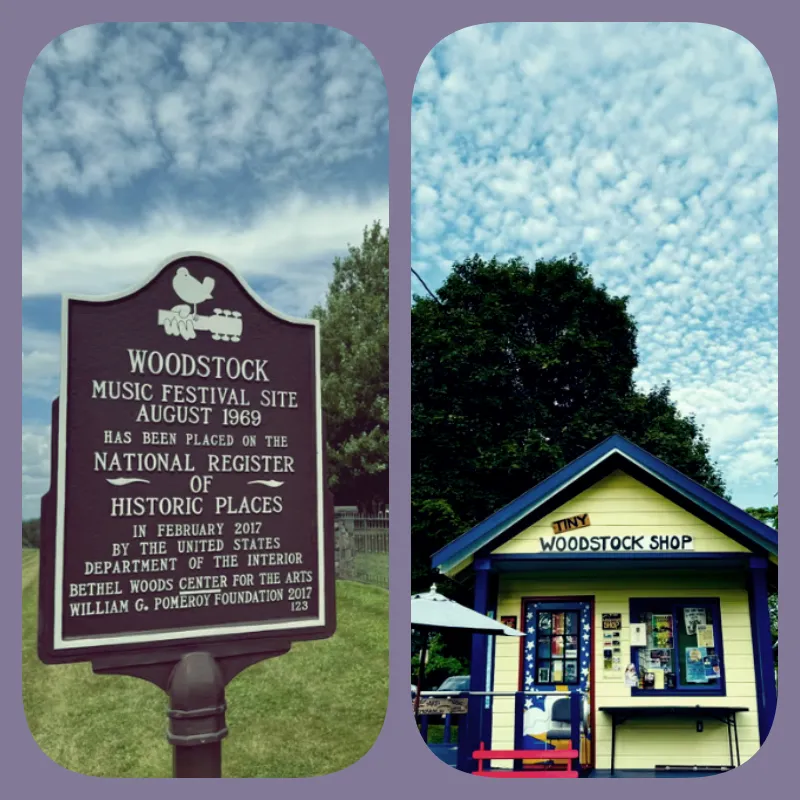
Fifty-five years after the historic gathering, I found myself landing at JFK with a mission: to journey upstate and see if any remnants of that hippy spirit still linger in the Catskills. Would the echoes of “peace, love, and music” still resonate among the picturesque hills?
Leaving behind the humidity of New York City, the greenery of the Catskills quickly enveloped me—a refreshing escape from the concrete jungle. The Catskills have long been a summer retreat for wealthy New Yorkers, home to holiday camps frequented by rich Jewish families from the city. These camps earned the area the nicknames “Yiddish Alps” and “Borscht Belt,” and were where comedians like Jerry Seinfeld and Joan Rivers honed their craft.
Arriving at my accommodation on the outskirts of Woodstock, I checked into the Hotel Dylan, where luxury meets rock ‘n’ roll. The hotel’s rooms are themed around former Woodstock town residents like Bob Dylan and Joan Baez, as well as festival legends like Jimi Hendrix. This brings us back to one of those myths—up until a month before the festival, the organizers planned to hold it near the town of Woodstock. However, local residents rejected the proposal, forcing the festival to relocate.
Woodstock’s bohemian roots run far deeper than the 1960s. In the hills above the town lies the Byrdcliffe Guild, an artistic community established in 1902 by affluent New Yorkers. This group was the original source of Woodstock’s alternative energy, and the town remains an artistic retreat to this day.
Neal V. Hitch, a curator, is currently gathering oral histories from a wide range of original festival attendees. Among them are Carl and Wayne Kieper, who, as teenagers, camped with their parents during the festival. Their parents stayed at the campsite while Carl and Wayne ventured to the stage, managing to catch Hendrix’s famous Monday morning set. They’ve returned today to see Santana, another act from the original festival, and to donate a camping stove to the museum. “The love and peace have never left, and neither has the music,” Wayne told me.
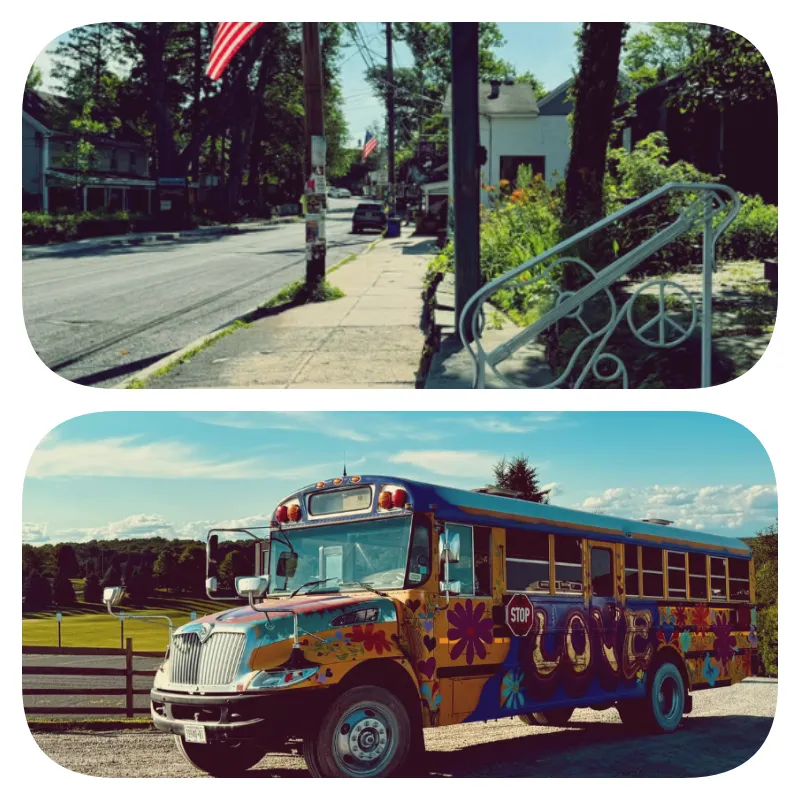
Another figure who never left is Duke Devlin, a “long-hair” who hitchhiked across the U.S. in the late Sixties and wound up at Woodstock on a whim. Today, with his aviator shades, long beard, and trucker’s cap, he can be found in his regular spot at the Bethel Market Cafe, just a short drive from the original festival site. “It was an amazing weekend with a lot of ‘herbs and spices’ floating around,” Duke recalled. He stayed behind to help clean up after the event and, two decades later, became one of the first people involved in what would eventually become Bethel Woods.
On a warm, clear evening, I was picked up by a “magic bus” from my on-site RV and taken to a Santana concert. As I walked through the modern security gates, past the VIP areas, food trucks, and bars—complete with appropriately adjusted prices for the captive audience—I couldn’t help but feel a connection to the past. Despite the contemporary comforts, there’s still something special about this place that lingers in the air, in the grass, and in the trees. The people of this leafy, hippy corner of New York state are determined to keep the spirit of Woodstock alive.
